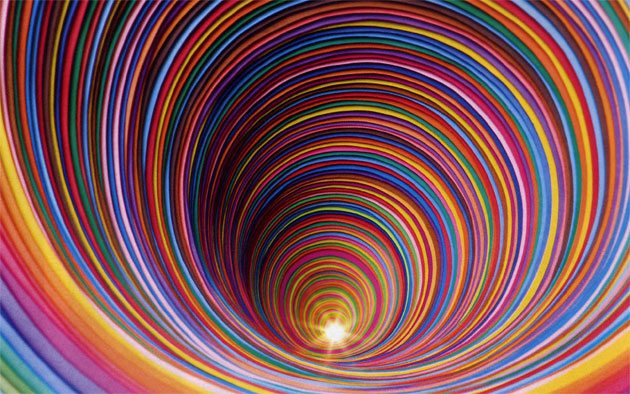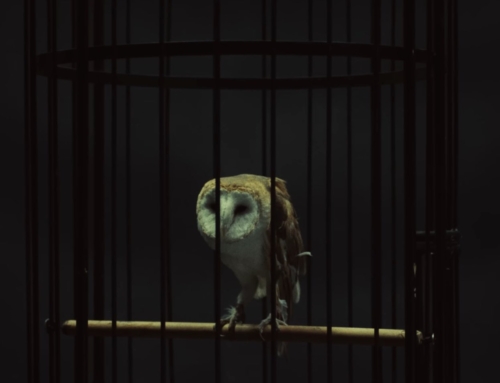 EDM, as we’ve said before, you’ve come a long way, baby. But, makeup taglines aside, this is as far as you can go. When the general listener hears you as an un-evolving fad of 4/4 bass drum beats and catchy synth lines, you’ve been pigeonholed – and not in a good way. You’re the actor who’s typecast after a single but notable role: and no one remember you any other way or lets you do anything different. History may show otherwise, with your jump from disco through synth-pop to house, but your success is always so sporadic, with high peaks and unacknowledged nadirs, that no one remembers the last time you were in the spotlight. Your career is like Neil Patrick Harris’: Sometimes cool, sometimes retro, and other times incredibly cringe-worthy and forgettable. In 2012, you sat at the intersection of all three.
EDM, as we’ve said before, you’ve come a long way, baby. But, makeup taglines aside, this is as far as you can go. When the general listener hears you as an un-evolving fad of 4/4 bass drum beats and catchy synth lines, you’ve been pigeonholed – and not in a good way. You’re the actor who’s typecast after a single but notable role: and no one remember you any other way or lets you do anything different. History may show otherwise, with your jump from disco through synth-pop to house, but your success is always so sporadic, with high peaks and unacknowledged nadirs, that no one remembers the last time you were in the spotlight. Your career is like Neil Patrick Harris’: Sometimes cool, sometimes retro, and other times incredibly cringe-worthy and forgettable. In 2012, you sat at the intersection of all three.
So, what’s to do? Do you disappear, or grow complacent? Do you try for something higher, when there’s nowhere else to go but up? What does your future hold?
Acceptance
Side by side and intermingling with the tried-and-true top 40 genres – pop, hip-hop, rock, and country – is a passable fate. While electronic music reaches the top of the charts in Europe, and has for years, it has only recently cracked the Billboard 200 and Hot 100 charts, and remaining in this state offers consistency, albeit with moderate banality. It’s hard-earned visibility after years of being pushed down.
Although the flashy house production techniques may eventually turn passé, several of the top EDM producers, be it David Guetta, Benny Benassi, or Martin Solveig, have already made the leap to pop. A career behind the scenes, while less flashy and more staid than bottle-popping ebullience, offers steady work. If it could work for British synth rocker Nik Kershaw, why not for you?
Then There’s the Ebb and Flow
Within the U.S., the prominence of electronic music resembles a sine wave, one reaching its peak and the end of every decade and then gradually falling back down. Disco rose to prominence in the late 1970s, only to disappear completely in the early ‘80s. By the end of that decade, with a slow buildup of synth-pop, Detroit techno, and Chicago house, rave culture and acid house embodied the latest incarnation. While grunge, in the early 1990s, obliterated nearly everything synth-related, electronica and trance – the second coming of rave culture – emerged in the late 1990s, pushed by Moby, Fat Boy Slim, Paul Oakenfold, Sasha, and John Digweed. Now, pop-house and dubstep – as antithetical as they are – are having their heyday, and who knows what force – One Direction’s 1990s boyband nostalgia, perhaps? – will knock it out of visibility.
2013 is the turning point for the future of EDM. Just as award shows and listeners are starting to grow accustomed to the genre, it’s positioned as a trend: one that could have the lingering of hip-hop or, at worst, the novelty of late 1990s swing. But, just as DJs will always perform in clubs, even if the mega-festivals like Ultra and Electric Daisy Carnival scale back, and as producers will always find work, even if it’s not behind a laptop and in front of an LED screen, trends turn into movements and mainstays, or they fizzle out and earn the pop culture status of “kitch.” Where will you go?



